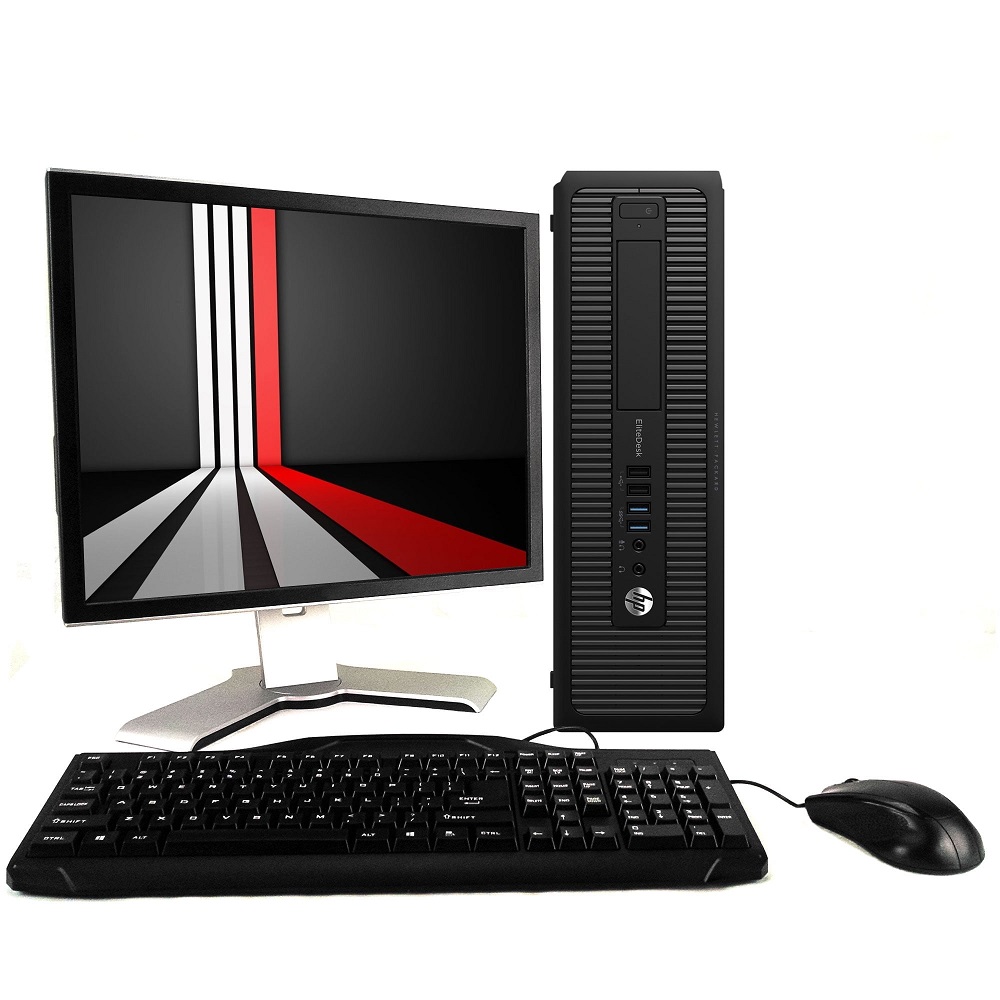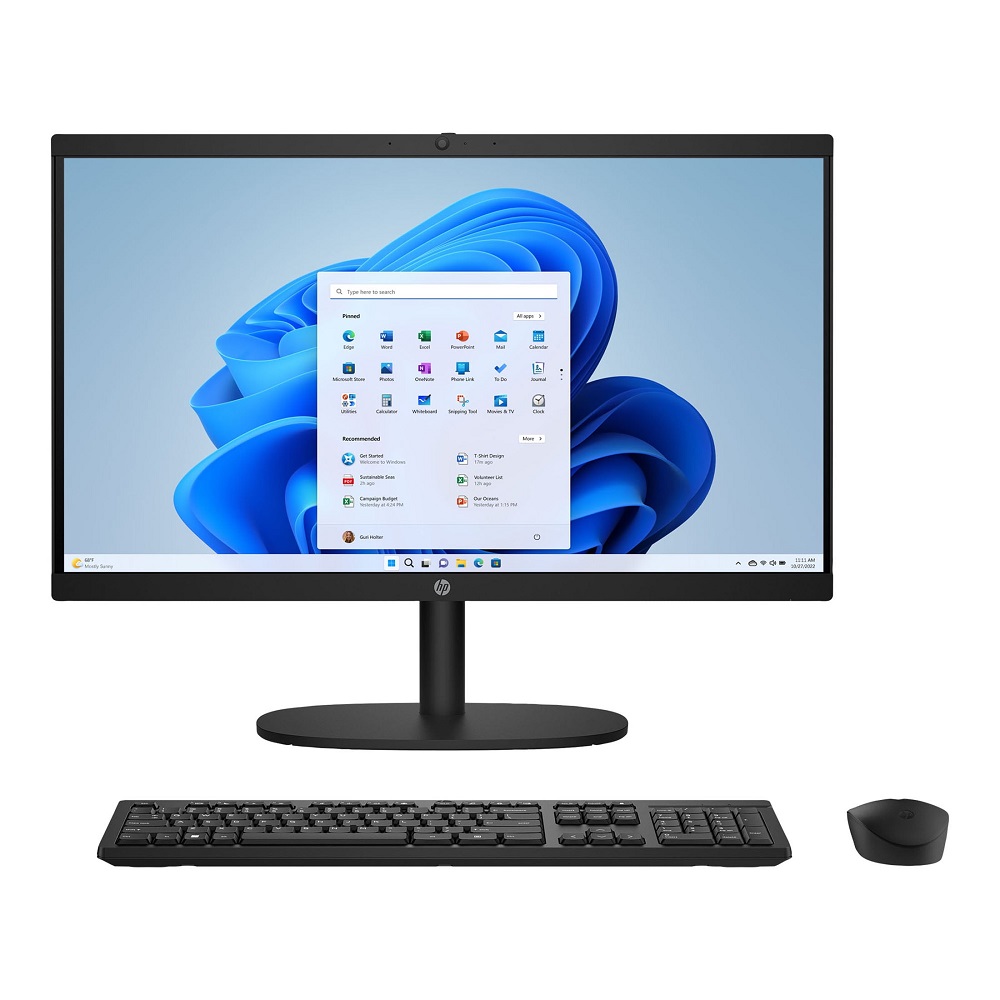Understanding the Need for a Hard Reset
Before we delve into how to hard reset an HP computer, let’s understand why you might need to do this. A hard reset, also known as a factory reset or master reset, restores the computer to its original state by erasing all information saved on the device. This procedure is often a last resort, but it can be necessary in several scenarios.
Here are common reasons for considering a hard reset:
- Persistent Software Issues: If your computer has chronic software problems that repairs don’t fix, a hard reset can be a solution.
- Virus Infections: A hard reset may be required to remove viruses or malware that your antivirus software cannot clear.
- Performance Improvement: Over time, you may notice your HP computer slowing down due to cluttered files or programs. A hard reset can improve performance.
- Preparation for Sale: If you’re planning to sell your HP computer, a hard reset ensures all personal information is wiped clean for the new owner.
Keep in mind that a hard reset will delete all your data. It’s essential to backup important files before proceeding with it. In short, understanding why you need a hard reset helps prepare for the task ahead and ensures it is done for the right reasons.
Preparing to Hard Reset Your HP Computer
Before initiating the hard reset on your HP computer, proper preparation is key. This phase ensures that the reset process goes smoothly and without any additional complications.
Backup Important Data
First and foremost, secure your important files. Use an external hard drive, USB flash drive, or cloud storage to back up all crucial data. Keep in mind to save documents, photos, videos, and any other personal files that you cannot recover after the hard reset.
Check Battery or Power Supply
Ensure your HP computer has a reliable power source during the hard reset. If you’re using a laptop, the battery should be fully charged. For desktop computers, confirm that the power supply is stable and uninterrupted. This is important because a power failure during a hard reset could damage the system irreversibly.
Initiating the Hard Reset Process
Once preparations are complete, it’s time to start the hard reset process. This section guides you through initiating the hard reset on your HP computer.
Accessing the HP Recovery Manager
To begin, you need to access the HP Recovery Manager. Turn on your HP computer and immediately press the F11 key repeatedly. This key press should be made as soon as the computer starts up. The HP Recovery Manager provides a variety of recovery options. Choose the ‘System Recovery’ to hard reset your computer to its factory settings.
Using Bootable Recovery Media
If you cannot access the HP Recovery Manager via the F11 key, use bootable recovery media. This method is useful if your system is unable to boot normally. First, insert the HP recovery disk or USB drive into your computer. Restart the machine and press the boot menu key (often F9 or Esc) to select the boot device. Follow the prompts to start the recovery from the media. This method also reinstalls the original operating system and removes all personal files, ensuring a clean reset.
Steps to Perform a Hard Reset
To hard reset your HP computer, follow these clear, precise steps.
Shutting Down the Computer Properly
First, ensure all applications are closed. Click on the Start menu. Choose ‘Shut down’ from the options. Wait until your HP computer completely turns off. This avoids data corruption or other issues.
Using the System Recovery Options
Turn on your computer and press F11 to access HP Recovery Manager. Select ‘System Recovery’ from the list. Follow the on-screen instructions. This sets your HP computer back to its original factory settings.
Troubleshooting Common Issues During a Hard Reset
Even with careful preparation, you might encounter issues during a hard reset of your HP computer. Let’s address some common problems and their solutions.
Encounter Boot-Up Issues
If your computer fails to start the recovery process, perform a power cycle. Turn off your computer completely. Remove all power sources (unplug the power cord or take out the battery if using a laptop). After a minute, reconnect power and try starting again.
Recovery Manager Not Accessible
Sometimes, the HP Recovery Manager might not open even after pressing F11. In this case, ensure you’re pressing F11 immediately after turning on your computer. If it still doesn’t work, consider using bootable recovery media as explained earlier.
System Recovery Not Starting
If the system recovery option does not initiate, check for any attached peripherals. Devices like printers or external drives can interfere. Disconnect them and try again.
Errors During Recovery
Error messages can pop up during the recovery. If this happens, restart the recovery process. If errors persist, it could mean your recovery partition or media is corrupted. You may need to obtain new recovery media from HP support.
By tackling these common hurdles, you can smoothly perform a hard reset on your HP computer. Remember, if trouble persists, HP’s customer support is there to help you through the process.
Reinstalling Drivers and Software After a Hard Reset
After a hard reset, your HP computer will need a fresh start. The next steps involve reinstalling drivers and applications. Here’s how to get your computer up and running smoothly again.
Updating Windows and Installing Updates
Right after a hard reset, your operating system may be out of date. Start by connecting to the internet. Then, access the Windows Update settings through your computer’s settings menu. Check for updates and install any available ones. This ensures that your system has the latest security and performance enhancements.
Updates can take time, so be patient. Restart your computer if prompted. Regularly checking for updates even after the initial installs helps keep your system secure.
Downloading Necessary HP Software
Now, focus on HP-specific software and drivers. Visit the HP Customer Support website. Use your computer’s model number to find the correct software. Common downloads include audio, graphics, and network drivers.
Download and install each required driver one by one. Be sure not to rush and verify successful installations. This prevents future issues and ensures optimal performance. If you face trouble, HP support forums and customer care can offer guidance.
By carefully updating Windows and reinstalling HP drivers, your computer will perform like new. Tackle these tasks methodically for the best results. Remember, keeping your system updated is key to maintaining performance and security post-reset.
Tips for Maintaining Your HP Computer Post-Reset
After completing a hard reset on your HP computer, it’s important to maintain its performance and security. Here are some practical tips that will help you keep your computer running smoothly:
Regularly Update Your Operating System
Always keep your operating system current. Check for Windows updates often and install them. This helps fix security gaps and improves how your computer runs.
Install Reliable Antivirus Software
Protect your computer from viruses and malware. Choose a trusted antivirus program and update it regularly. Run scans often to keep threats away.
Clean Up Your Hard Drive
Keep your hard drive tidy. Delete files you don’t need and uninstall apps you don’t use. This frees up space and boosts speed.
Defragment Your Hard Drive Periodically
Defrag your hard drive if it’s a traditional spinning disk. This organizes your drive’s data for quicker access. SSDs should not be defragged.
Create Recovery Drives
Make a recovery drive for your HP computer. This is good for future issues or if you need another reset. It’s a must-have backup plan.
Monitor System Performance
Watch your computer’s performance. If it slows down, figure out why. Check the task manager for apps that use a lot of power and consider updating or removing them.
Back Up Your Data Regularly
Always back up your files. Use an external drive or cloud storage. This protects your key data from loss or damage.
By following these steps, you can maintain the health and performance of your HP computer. Handling your device with care post-reset will ensure it serves you well for a long time.



